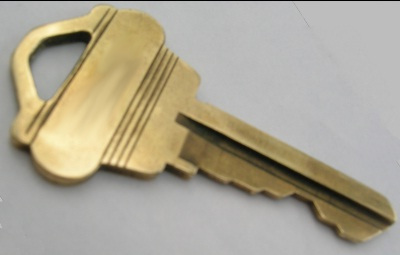Set up an sd card with arch linux. You should be logged in as root. Decided to make a sd card with arch linux using these instructions: SD Card Creation Replace sdX in the following instructions with the device name for the SD card as it appears on your computer. Start fdisk to partition the SD card: fdisk /dev/sdX At the fdisk prompt, delete old partitions and create a new one: Type o . This will clear out any partitions on the drive. Type p to list partitions. There should be no partitions left. Type n , then p for primary, 1 for the first partition on the drive, press ENTER to accept the default first sector, then type +100M for the last sector. Type t , then c to set the first partition to type W95 FAT32 (LBA). Type n , then p for primary, 2 for the second partition on the drive, and then press ENTER twice to accept the default first and last sector. Write the partition table and exit by typing w . Create and mount the FAT filesystem: mkfs




